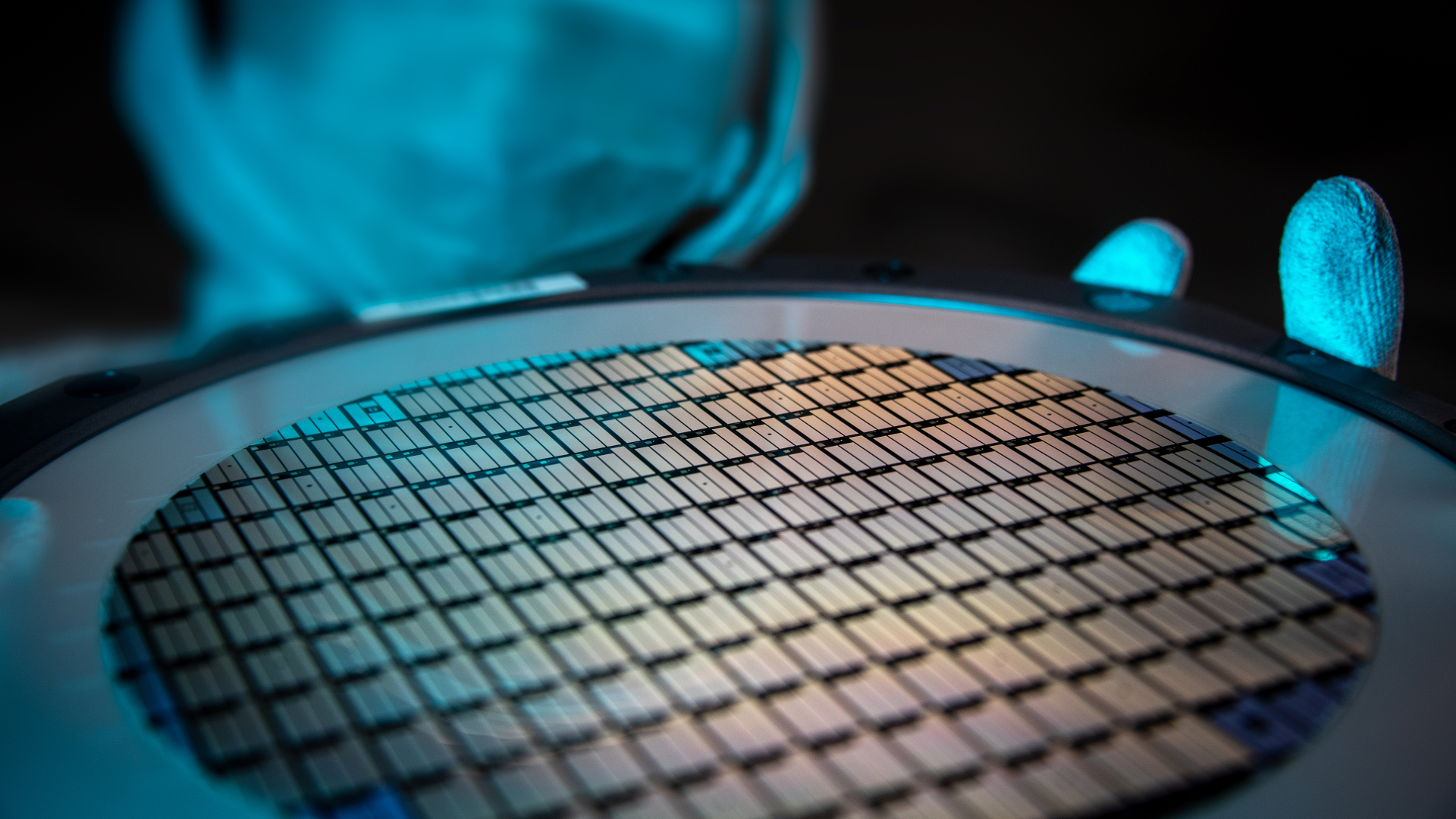Chinese Scientists Make Breakthrough in Semiconductor Solar Tech

Researchers at the Changchun Institute of Applied Chemistry, part of the Chinese Academy of Sciences, have announced a significant breakthrough in solar technology with the development of a novel radical self-assembled molecular material.
This advancement addresses two critical issues related to perovskite solar cells: inadequate performance and the challenges associated with uniformly fabricating large-area hole-transport layers. The resulting technology has received efficiency certification from the U.S. National Renewable Energy Laboratory.
The study detailing these findings was published in the journal Science on June 27, 2025, marking an important milestone in solar technology.
Perovskite solar cells have gained considerable attention in the renewable energy sector due to their low manufacturing costs, high efficiency levels, and ease of processing. This makes them suitable for a wide array of applications, including large-scale photovoltaic installations and integrated solutions for vehicles and buildings.
Despite their promise, the common organic self-assembled molecules used in the hole-transport layer had faced significant performance bottlenecks, resulting in lower device efficiencies and manufacturing difficulties.
To overcome these limitations, a research team led by Qin Chuanjiang, Wang Lixiang, and their colleagues dedicated three years to the development of a 'double-radical self-assembled molecule' that could be integrated into perovskite devices.
Tests conducted by researcher Zhou Min's team indicate that the new material effectively more than doubles carrier-transport rates when subjected to simulated operating conditions.
Moreover, devices constructed using this innovative material exhibit virtually no performance degradation even after thousands of continuous operational hours.
Over the past decade, perovskite compounds have increasingly become a preferred choice among companies focused on crafting the next generation of solar cells.
Looking ahead, Qin notes that the next step for the team is to facilitate the industrial-scale application of this new material while continuing to advance the underlying technology.
Read These Next

China unveils new technique for mass-producing quality semiconductors
Chinese scientists have developed a method to mass-produce high-quality indium selenide, advancing AI and smart tech.

Dual Black Holes Merging with Third Dense Body: Commentary
A critical commentary on the recent discovery regarding binary black holes merging near a third dense object, its implications, and significance in astrophysics.

Meta's Profit Surge Fuels Ambitious AI Projects
This article discusses how Meta Platforms is leveraging its surge in profits to invest in ambitious AI projects, driven by CEO Mark Zuckerberg's vision for superintelligence. The piece highlights the impact of these developments on Meta's strategy and the broader technology landscape.
